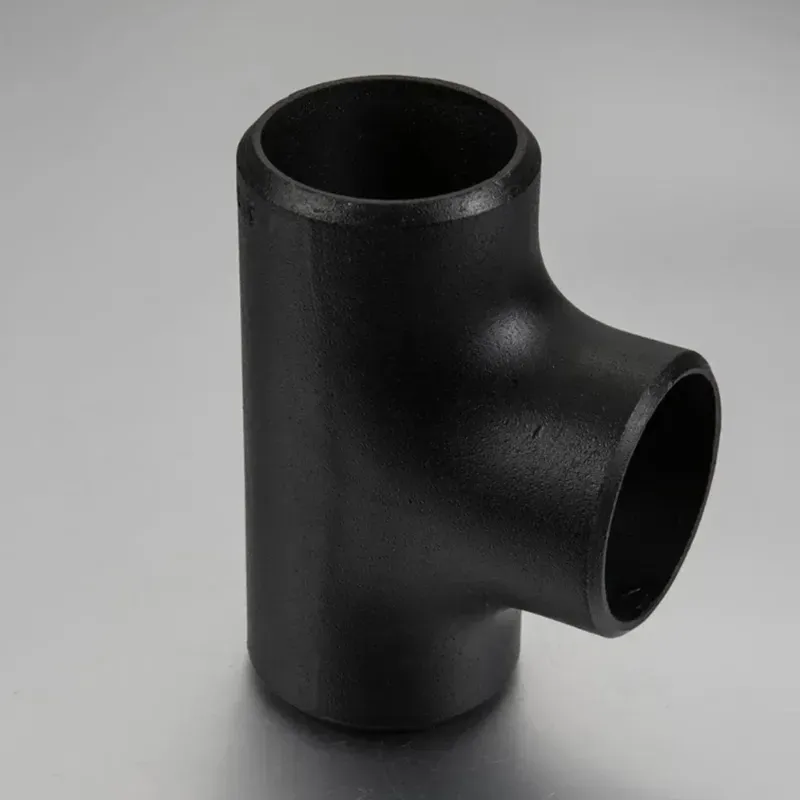-
Cangzhou Yulong Steel Co., Ltd.
-
Phone:
+86 13303177267 -
Email:
admin@ylsteelfittings.com
- English
- Arabic
- Italian
- Spanish
- Portuguese
- German
- kazakh
- Persian
- Greek
- French
- Russian
- Polish
- Thai
- Indonesian
- Vietnamese
- Zulu
- Korean
- Uzbek
- Hindi
- Serbian
- Malay
- Ukrainian
- Gujarati
- Haitian Creole
- hausa
- hawaiian
- Hebrew
- Miao
- Hungarian
- Icelandic
- igbo
- irish
- Japanese
- Javanese
- Kannada
- Khmer
- Rwandese
- Afrikaans
- Albanian
- Amharic
- Armenian
- Azerbaijani
- Basque
- Belarusian
- Bengali
- Bosnian
- Bulgarian
- Catalan
- Cebuano
- China
- China (Taiwan)
- Corsican
- Croatian
- Czech
- Danish
- Esperanto
- Estonian
- Finnish
- Frisian
- Galician
- Georgian
- Kurdish
- Kyrgyz
- Lao
- Latin
- Latvian
- Lithuanian
- Luxembourgish
- Macedonian
- Malgashi
- Malayalam
- Maltese
- Maori
- Marathi
- Mongolian
- Myanmar
- Nepali
- Norwegian
- Norwegian
- Occitan
- Pashto
- Dutch
- Punjabi
- Romanian
- Samoan
- Scottish Gaelic
- Sesotho
- Shona
- Sindhi
- Sinhala
- Slovak
- Slovenian
- Somali
- Sundanese
- Swahili
- Swedish
- Tagalog
- Tajik
- Tamil
- Tatar
- Telugu
- Turkish
- Turkmen
- Urdu
- Uighur
- Welsh
- Bantu
- Yiddish
- Yoruba

Dec . 30, 2024 06:45 Back to list
DIN 2065 Flange Applications and Specifications for Effective Engineering Solutions
Understanding DIN 2065 Flanges Standards and Applications
Flanges are critical components in piping systems, providing a means of joining two sections of pipe, valves, or other equipment, thereby ensuring a secure and leak-free connection. Among the various standards governing flanges, the DIN (Deutsches Institut für Normung or German Institute for Standardization) provides well-recognized specifications. DIN 2065 specifies the requirements for flat-faced flanges, predominantly used in low-pressure and low-temperature applications.
Overview of DIN 2065 Flange Standards
DIN 2065 flanges are characterized by their flat face, which enables easy alignment during installation and minimizes the risk of damage to the sealing surface. These flanges are typically made from carbon steel, stainless steel, or other alloys, depending on the requirements of the specific application. The standard covers various sizes and thicknesses, making it suitable for different connection configurations.
The primary design elements of DIN 2065 flanges include
1. Material Specifications The flanges can be manufactured from a variety of materials, each chosen based on their physical properties, resistance to corrosion, and ability to withstand certain temperatures and pressures. Common materials include mild steel and various stainless steel grades.
2. Dimensions The standard specifies various flange dimensions, including diameter, thickness, and bolt hole spacing, which are critical for ensuring compatibility with piping systems.
3. Surface Finish The surface finish of DIN 2065 flanges is important for achieving a proper seal. The flat face must be smooth to minimize leakage, and the flanges typically come with either raised or flat faces.
din 65 flange

Applications
DIN 2065 flanges find applications in various sectors, including water treatment, chemical processing, oil and gas, and HVAC systems. They are often used in piping systems where low pressures are expected, making them a cost-effective solution for many applications.
1. Water and Wastewater Treatment The flat face of the DIN 2065 flange allows for a reliable seal, which is crucial in systems handling water to prevent leakage and contamination.
2. Chemical Processing In chemical plants, where a range of fluids are transported, the durability and corrosion resistance of the materials used for DIN 2065 flanges make them suitable for critical applications.
3. Oil and Gas Industry While generally associated with lower pressures, DIN 2065 flanges can be used in certain applications within oil and gas systems, particularly in upstream and midstream operations where low-pressure pipelines are prevalent.
4. HVAC Systems These flanges are also commonly used in HVAC applications, connecting different components of heating and cooling systems, thereby ensuring efficient operation.
Conclusion
In summary, DIN 2065 flanges play a vital role in ensuring the effectiveness and safety of piping systems across various industries. Their standardization ensures compatibility and interchangeability, simplifying maintenance and installation processes. When selecting a flange for a specific application, it is essential to consider factors like material, dimensions, and intended use to ensure optimal performance.
Understanding the features and benefits of DIN 2065 flanges allows engineers and technicians to make informed decisions, ultimately leading to improved system efficiency and reliability. As industries continue to evolve, the need for standardized components like DIN 2065 flanges will remain essential to meet increasing demands for safety, efficiency, and environmental compliance.
Latest news
-
ANSI 150P SS304 SO FLANGE
NewsFeb.14,2025
-
ASTM A333GR6 STEEL PIPE
NewsJan.20,2025
-
ANSI B16.5 WELDING NECK FLANGE
NewsJan.15,2026
-
ANSI B16.5 SLIP-ON FLANGE
NewsApr.19,2024
-
SABS 1123 FLANGE
NewsJan.15,2025
-
DIN86044 PLATE FLANGE
NewsApr.19,2024
-
DIN2527 BLIND FLANGE
NewsApr.12,2024
-
JIS B2311 Butt-Welding Fittings LR/SR 45°/90° /180°Seamless/Weld
NewsApr.23,2024











